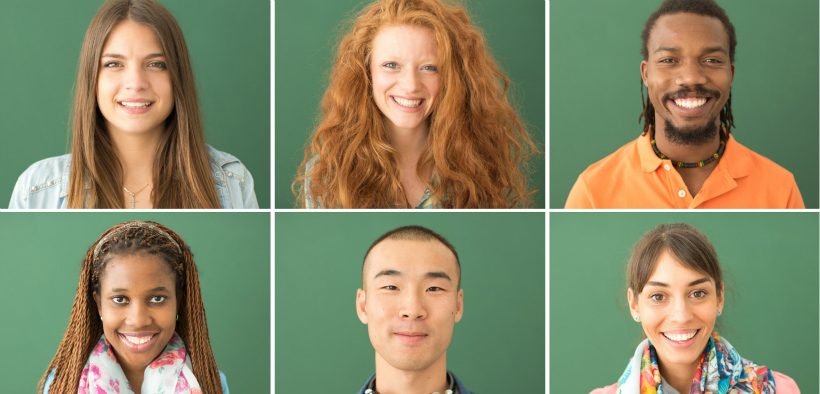I am proposing an assignment that grows out of an interesting piece of research (Neu, 2015) in which students collected images of those they’d approach and avoid as potential group members. When interviewed, students identified the social cues, conveyed by features such as hair style, clothing, age, and ethnicity, that they used to categorize these hypothetical group members. Findings revealed that most students selected to approach images of people who looked much like they did and avoided those or people who didn’t, often relying on stereotypes and discriminatory innuendos. Unlike previous Assignments of Note entries, which highlight published assignments, this one offers for consideration two versions of an assignment based on the activity used in the research.
Exploring How Students Select Group Members

- Tags: group work, student reflection
Related Articles
I have two loves: teaching and learning. Although I love them for different reasons, I’ve been passionate about...
Active learning is a mostly meaningless educational buzzword. It’s a feel-good, intuitively popular term that indicates concern for...
Perhaps the earliest introduction a student has with a course is the syllabus as it’s generally the first...
Generative AI allows instructors to create interactive, self-directed review activities for their courses. The beauty of these activities...
I’ve often felt that a teacher’s life is suspended, Janus-like, between past experiences and future hopes; it’s only...
I teach first-year writing at a small liberal arts college, and on the first day of class, I...
Proponents of rubrics champion them as a means of ensuring consistency in grading, not only between students within...








